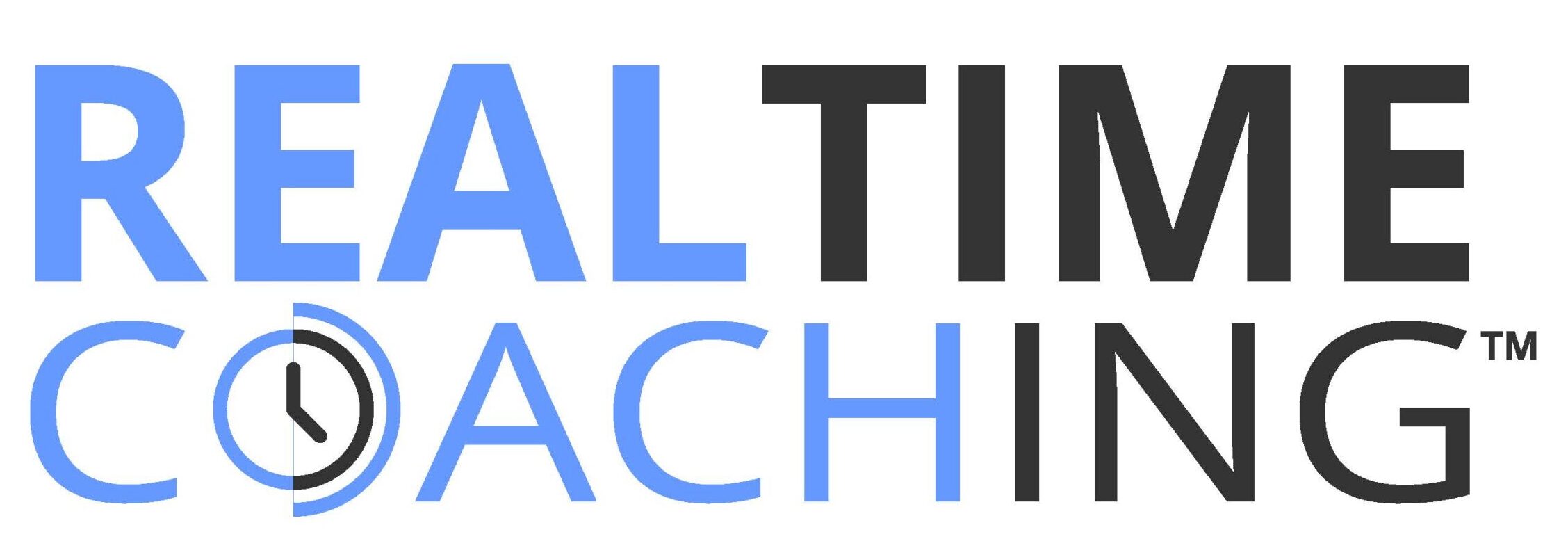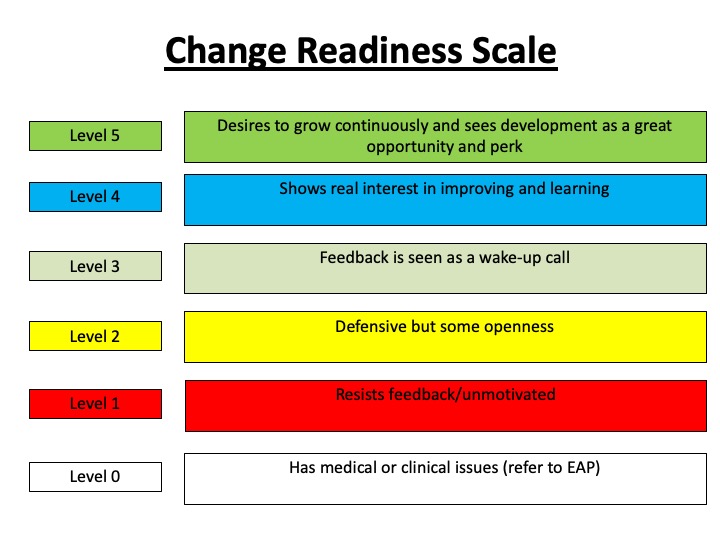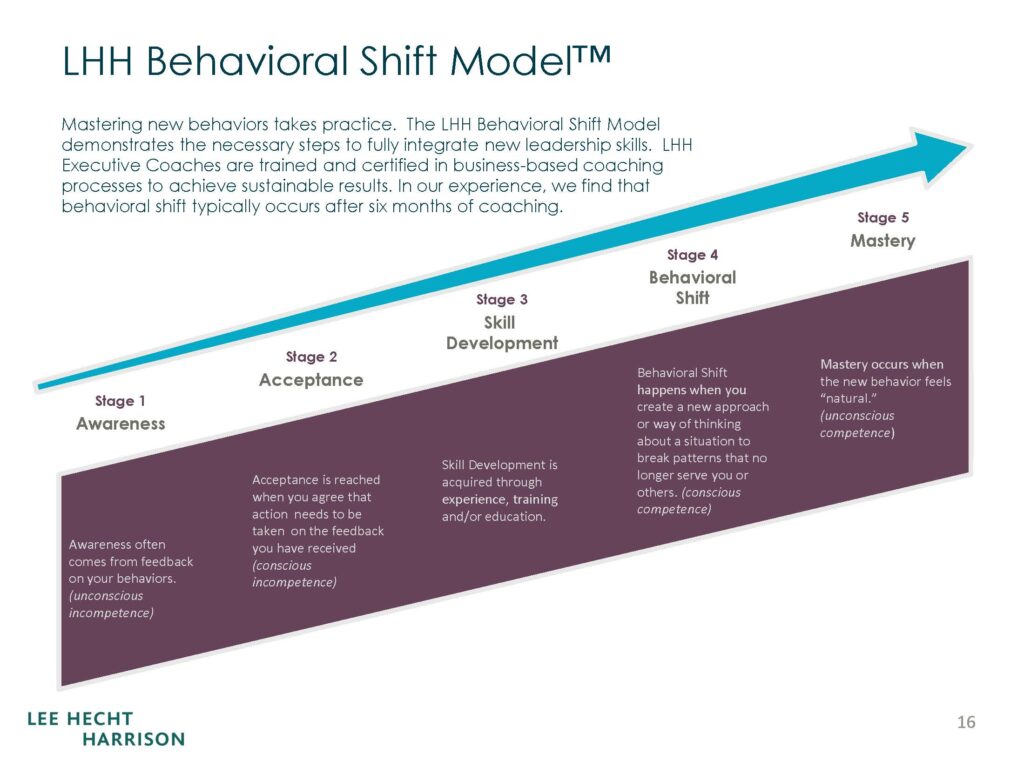Today ends the first half of the year. Have you been “letting things slide”? If so, you’re not alone. It’s a trend I’ve been hearing from leaders since the pandemic…..They say to me, “Well, Ryan, her team has been short-handed.” Or, “I was just wanting to get through this season.” Or, “They were working remotely and I just didn’t do their review.” The issues are many and include everything from showing up late, to not getting work done, to not being proactive, to breaking team rules. No matter the story or the issue, they all involve people, standards, culture, and results. These issues are not new. They have been happening for years. However, employees and teammates have been “protected by the pandemic” and leaders have been letting things slide.
The best leaders inject themselves into the story, acknowledging they have let things slide and they are ready to fix it. You may be someone who is ready for things to get back to the way they were, but you have to untie some things that have gotten knotted up over the past year. The question is….Is it too late? How do I even get started?
Let’s get started by determining how urgent and important the issue is. I was introduced to the Urgent+Important quadrants from Steven Covey’s 7 Habits of Highly Effective People. A recent RTC participant (Thanks Alan) sent an article from todoist.com called The Eisenhower Matrix.
RTC takes a new look at this classic matrix by asking two questions:
#1. On a scale of 1-10, how Urgent is it this issue gets resolved?
#2. On a scale of 1-10, how Important is the issue?
If the total number of the 2 questions is 15 or higher, it’s time to take action. It’s that simple. (Ryan’s styles sidenote: If you have a naturally more Urgent style, you may need to adjust your scale up 2 points and if you have a naturally more Reflective style, you may need to adjust your scale down 2 points).
You’ve determined it’s time to take action, but you don’t know how to start. Every situation is unique, our process is the same. I will suggest two ways for you to get started.
#1. Here is a template to help get your mind unstuck and get your thoughts together. It’s called Prep For A Coaching Conversation. You should invest 10-15 minutes completing the 20 questions (you should recognize question #2).
#2. 6 months from now, you have fixed the issue and things are going great, what has changed? Your answer to this question determines your WANT for this issue. The WANT drives the action, the action delivers a result.
It’s time to stop letting things slide, recognizing what’s important+urgent, determining your want, establishing a RealTime plan of action, and being able to answer to yourself 6 months from now how things are going.




